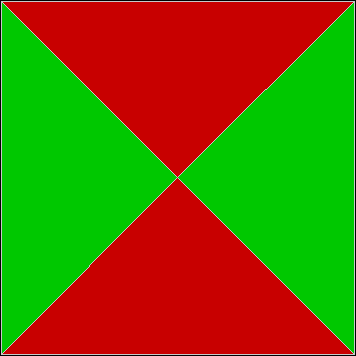One of Swinburne’s most powerful, but least-known, poems is “The Last Oracle”, from Poems and Ballads, Second Series (1878). A song in honour of the god Apollo, it begins in lamentation:
Years have risen and fallen in darkness or in twilight,
Ages waxed and waned that knew not thee nor thine,
While the world sought light by night and sought not thy light,
Since the sad last pilgrim left thy dark mid shrine.
Dark the shrine and dumb the fount of song thence welling,
Save for words more sad than tears of blood, that said:
Tell the king, on earth has fallen the glorious dwelling,
And the watersprings that spake are quenched and dead.
Not a cell is left the God, no roof, no cover
In his hand the prophet laurel flowers no more.
And ends in exultation:
For thy kingdom is past not away,
Nor thy power from the place thereof hurled;
Out of heaven they shall cast not the day,
They shall cast not out song from the world.
By the song and the light they give
We know thy works that they live;
With the gift thou hast given us of speech
We praise, we adore, we beseech,
We arise at thy bidding and follow,
We cry to thee, answer, appear,
O father of all of us, Paian, Apollo,
Destroyer and healer, hear! (“The Last Oracle”)
The power, grandeur and beauty of this poem remind me of the music of Beethoven. Swinburne is also, on a smaller scale and in a different medium, one of the geniuses of European art. He and Beethoven were both touched by Apollo, but Apollo was more than the god of music and poetry: he also presided mathematics. But then mathematics is much more visible, or audible, in music and poetry than it is in other arts. Rhythm, harmony, scansion, melody and rhyme are mathematical concepts. Music is built of notes, poetry of stresses and rhymes, and the rules governing them are easier to formalize than those governing, say, sculpture or prose. Nor do poetry and music have to make sense or convey explicit meaning like other arts. That’s why I think a shape like this is closer to poetry or music than it is to painting:

(Image from Wikipedia.)
This shape has formal structure and beauty, but it has no explicit meaning. Its name has a divine echo: the Apollonian gasket or net, named after the Greek mathematician Apollonius of Perga (c.262 BC–c.190 BC), who was named after Apollo, god of music, poetry and mathematics. The Apollonian gasket is a fractal, but the version above is not as fractal as it could be. I wondered what it would look like if, like fleas preying on fleas, circles appeared inside circles, gaskets within gaskets. I haven’t managed to program the shape properly yet, but here is my first effort at an Intra-Apollonian gasket:

(If the image does not animate or looks distorted, please try opening it in a new window)
When the circles are solid, they remind me of ice-floes inside ice-floes:

Simpler gaskets can be interesting too:


































